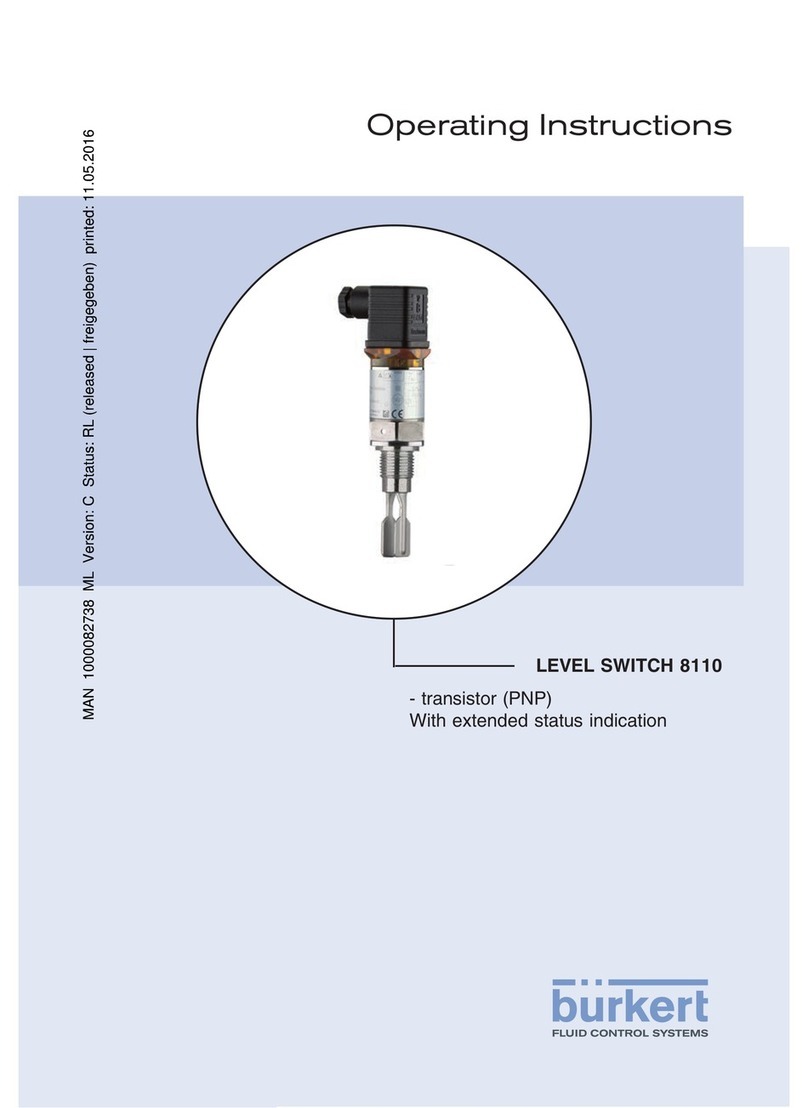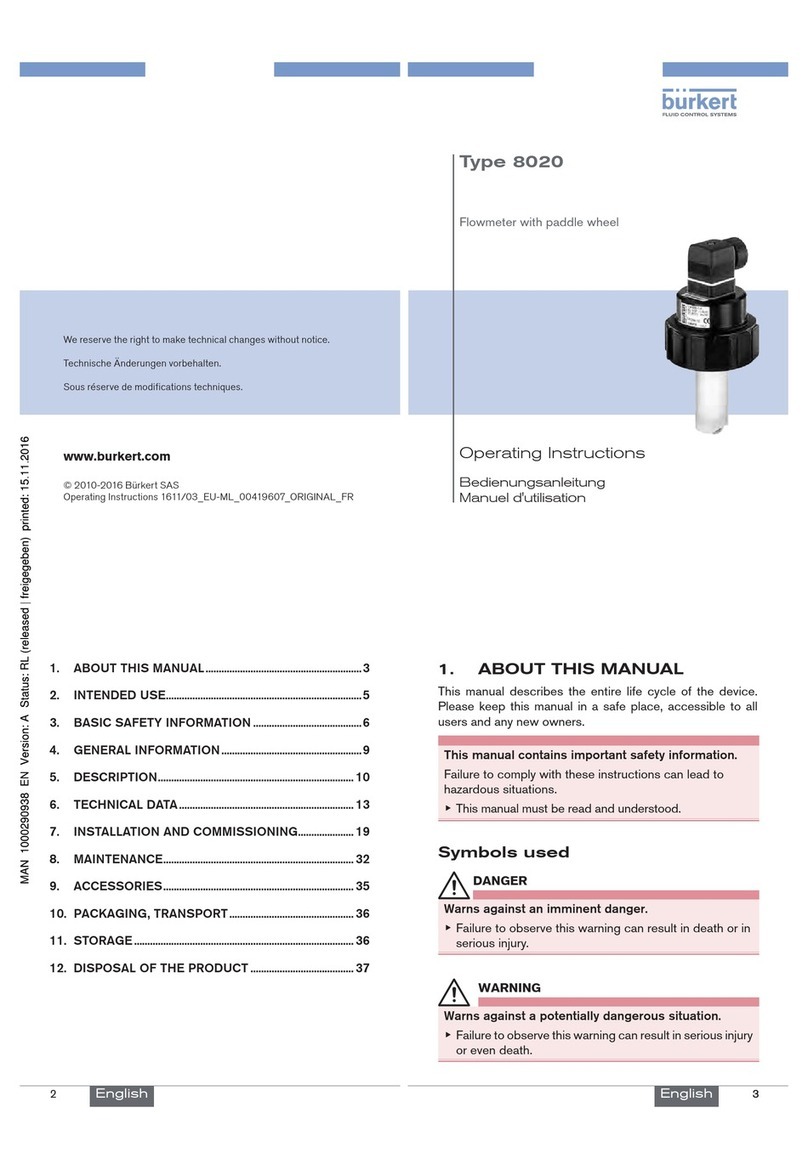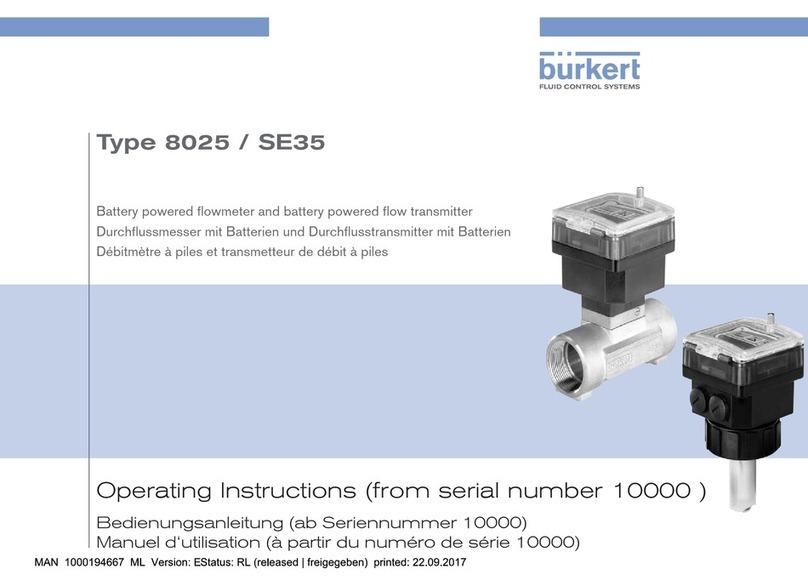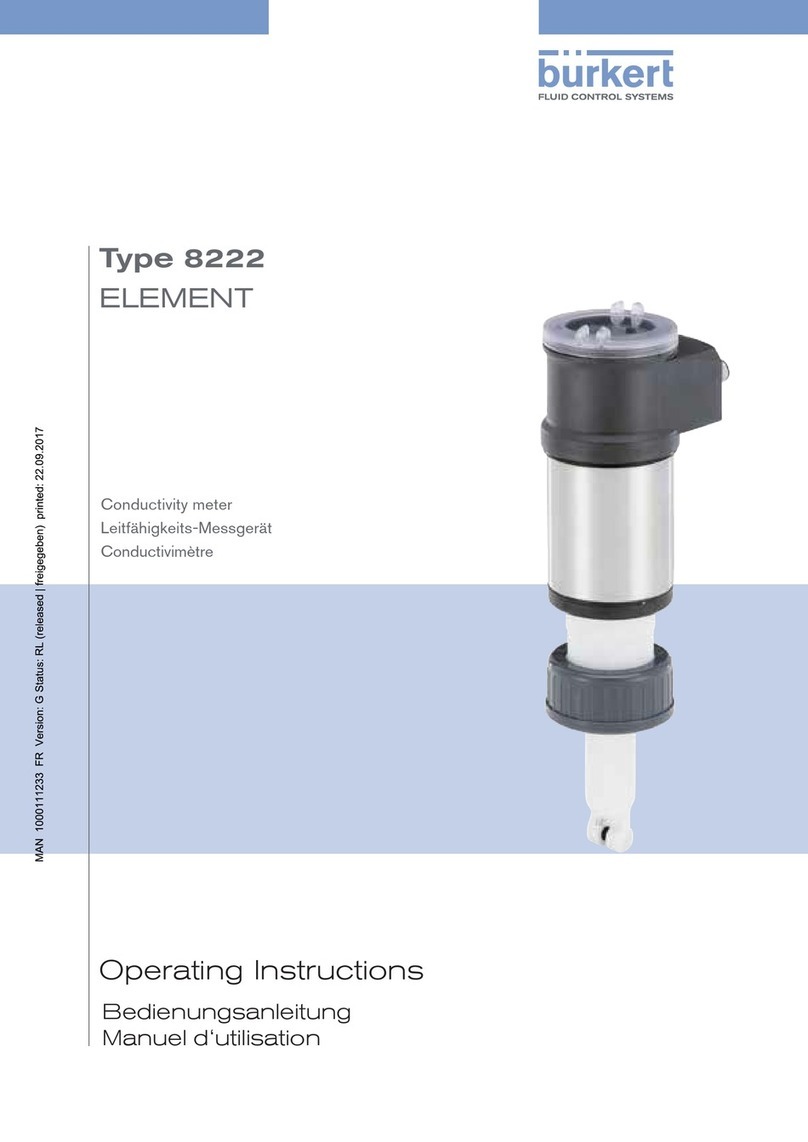
2
Contents
LEVEL TRANSMITTER 8136 • 4 … 20 mA/HART - two-wire
41783-EN-141205
Contents
1 About this document
1.1 Function ........................................................................................................................... 4
1.2 Target group ..................................................................................................................... 4
1.3 Symbols used................................................................................................................... 4
2 For your safety
2.1 Authorised personnel ....................................................................................................... 5
2.2 Appropriate use................................................................................................................ 5
2.3 Warning about incorrect use............................................................................................. 5
2.4 General safety instructions............................................................................................... 5
2.5 CE conformity................................................................................................................... 6
2.6 NAMUR recommendations .............................................................................................. 6
2.7 Radio license for Europe .................................................................................................. 6
2.8 Radio license for USA/Canada......................................................................................... 6
3 Product description
3.1 Conguration.................................................................................................................... 7
3.2 Principle of operation........................................................................................................ 8
3.3 Packaging, transport and storage..................................................................................... 8
3.4 Accessories and replacement parts ................................................................................. 9
4 Mounting
4.1 General instructions ....................................................................................................... 10
4.2 Collaroradapterange.................................................................................................. 10
4.3 Mounting preparations, mounting strap.......................................................................... 11
4.4 Mounting instructions ..................................................................................................... 12
4.5 Measurement setup - Pipes ........................................................................................... 18
4.6 Measurement setup - Flow............................................................................................. 23
5 Connecting to power supply
5.1 Preparing the connection ............................................................................................... 25
5.2 Connecting..................................................................................................................... 26
5.3 Wiring plan ..................................................................................................................... 27
5.4 Switch-on phase............................................................................................................. 27
6 Set up with the display and adjustment module
6.1 Insert display and adjustment module............................................................................ 29
6.2 Adjustment system......................................................................................................... 30
6.3 Parameter adjustment .................................................................................................... 30
6.4 Saving the parameter adjustment data........................................................................... 44
7 Setup with PACTware
7.1 Connect the PC.............................................................................................................. 45
7.2 Parameter adjustment with PACTware............................................................................ 45
7.3 Saving the parameter adjustment data........................................................................... 45
8 Set up with other systems
8.1 DD adjustment programs ............................................................................................... 46
8.2 Communicator 375, 475................................................................................................. 46
9 Diagnosis, asset management and service
9.1 Maintenance .................................................................................................................. 47
9.2 Diagnosis memory ......................................................................................................... 47




































